Key takeaways:
- The 828 film format was introduced by Kodak in 1935 as a cost-effective option for amateur photographers, allowing for more exposures on a single roll of film.
- Popular Kodak cameras such as the Kodak Bantam and Kodak Tourist were designed to use the 828 format, making it a popular choice for enthusiasts in the mid-20th century.
- The 828 format was eventually phased out by Kodak in the 1950s in favor of the more standard 35mm format.
- To shoot with the 828 format, you will need a camera that is compatible with the format, such as the Kodak cameras designed for 828 film or modified 35mm cameras with adjusted film paths.

About Film Format
The 828 film format is a relatively obscure type of film that was used in the early to mid-20th century, introduced in 1935. Despite its relative rarity today, the 828 format was once a popular choice for amateur photographers and enthusiasts. In this guide, we will explore the history of the 828 format, its uses, and where to find it today. The film had a width of 35mm, but the image area was smaller at 28mm x 40mm. This allowed for more exposures on a single roll of film, making it a cost-effective option for amateur photographers.
Best Place to Buy Your New 828 Roll of Film
Specifications and Features
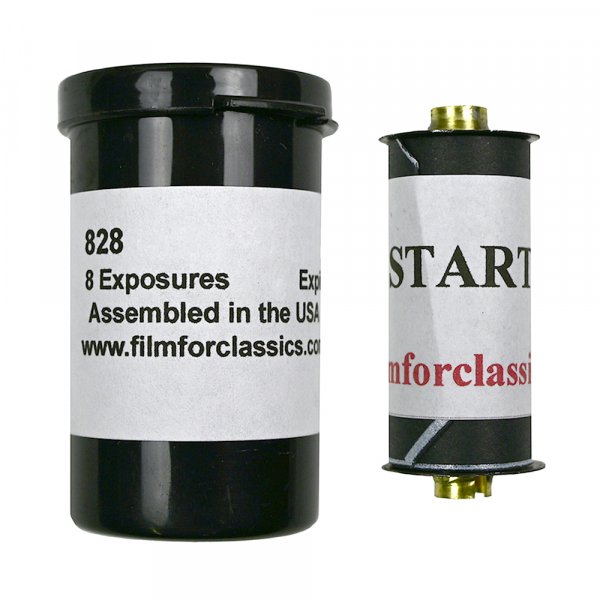
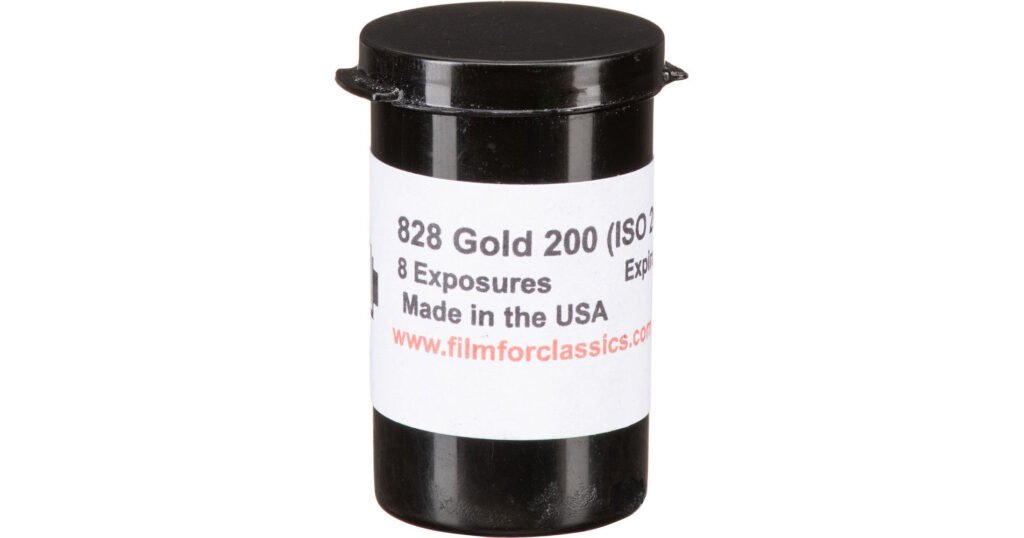
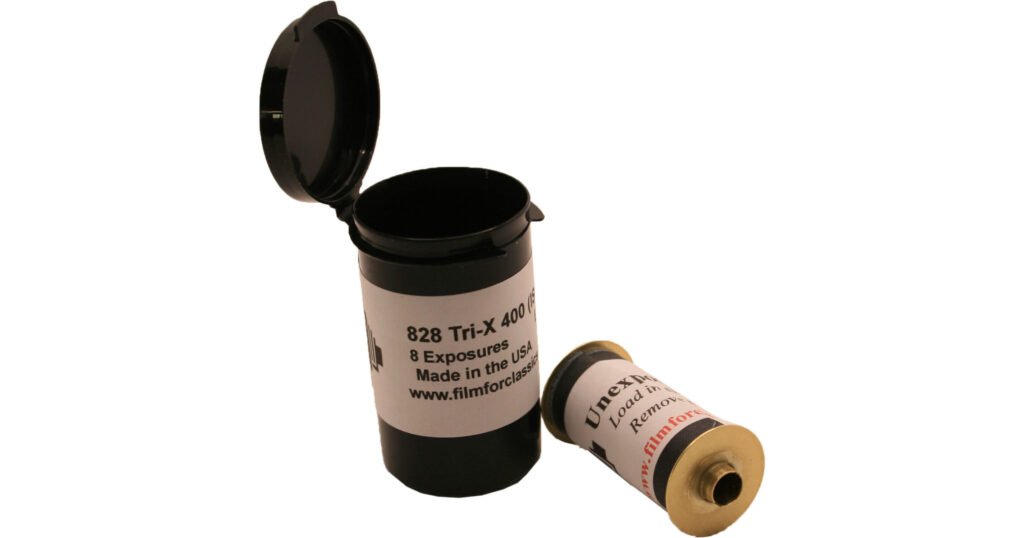
Understanding the specifications and features of 828 film is crucial for making the most out of this versatile. Here are some key points to consider:
For a comprehensive understanding, you might also want to check out this 35mm 126 film format guide.
- Size: 4.2 cm x 2.5 cm, which is slightly larger than the standard 35mm film format.
- Exposures: The number of exposures on a roll of 828 film varies depending on the camera, but typically ranges from 8 to 12 exposures per roll.
- Emulsion Range: 828 film is typically higher than that of 35mm film, meaning it has finer grain and can produce sharper images with more detail.
- ISO Ratings: The ISO ratings for 828 film can range from ISO 32 to ISO 160, with ISO 100 being a common choice for color film and ISO 400 for black and white film.
- Processing: Processing 828 film can be more challenging than processing 35mm film, as fewer labs offer processing services for this format. However, it can still be processed using standard black and white or color film processing techniques.
Where to Get It
Today, finding 828 film can be a bit of a challenge as it is no longer produced by major film manufacturers. However, there are still some options available for those interested in shooting with this format. Some specialty film shops may carry expired or re-spooled 828 film, or you can try your luck on online auction sites such as B&H Photo or Free style photo.
Best Place to Buy Your New 828 Roll of Film
Cameras using 828 format film
If you are lucky enough to get your hands on some 828 film, you will need to use a camera that is compatible with the format. Kodak produced a series of cameras such as the Kodak Bantam, Kodak Tourist, Kodak Pony and Kodak Signet models specifically designed for use with the 828 format. These cameras can still be found in antique shops, flea markets, or online auctions. Alternatively, some photographers have successfully modified 35mm cameras to shoot with 828 film by adjusting the film path.
- Kodak Bantam RF
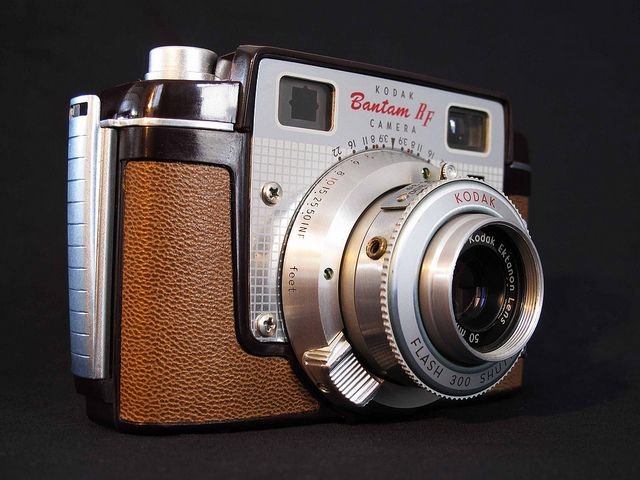
- Kodak Bantam Special
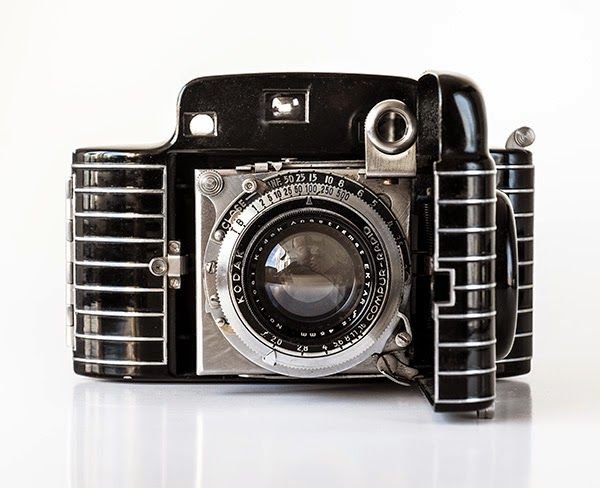
- Kodak Medalist II
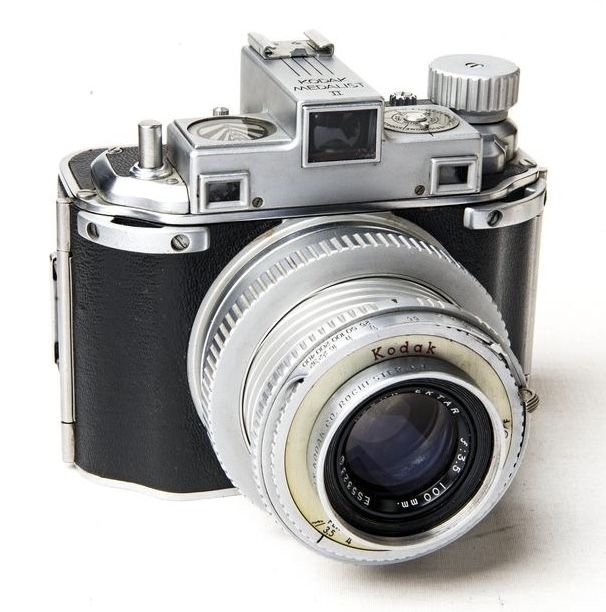
- Kodak Pony 828
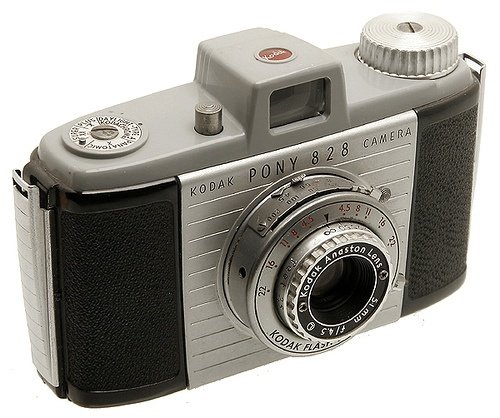
- Kodak Tourist II
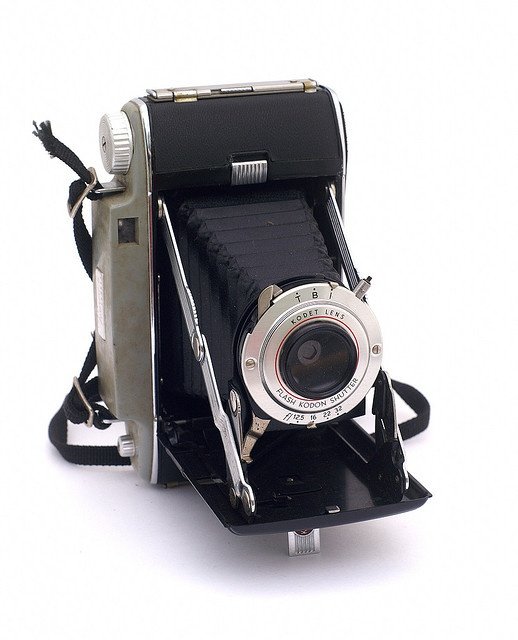
You might want to check out our guide on 127 format film for alternative options
Pros and Cons
| Advantages | Disadvantages |
|---|---|
| Larger negative size allows for higher resolution and sharpness in images. | Larger negative size means fewer exposures per roll of film. |
| Greater image quality and detail compared to smaller formats. | Higher cost of film and processing for 828 film compared to 35mm or digital. |
| Ability to achieve shallow depth of field and bokeh effect due to larger sensor size. | Limited availability of film stock and processing services for 828 format. |
| Ideal for professional photography and capturing intricate details. | Larger and bulkier cameras compared to smaller formats, making them less portable. |
| Film cameras are often more affordable than digital medium format cameras. | Limited selection of lenses and accessories for 828 film cameras. |

In conclusion, the 828 film format may be a rare find these days, but it is still a fascinating piece of photographic history. If you are lucky enough to come across some 828 film, give it a try and see what unique images you can create with this vintage format.
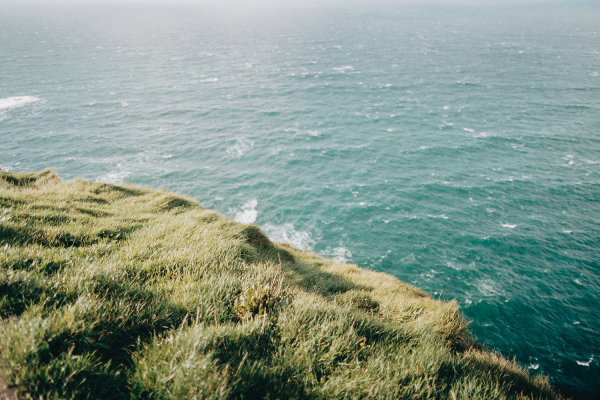



Leave a Reply